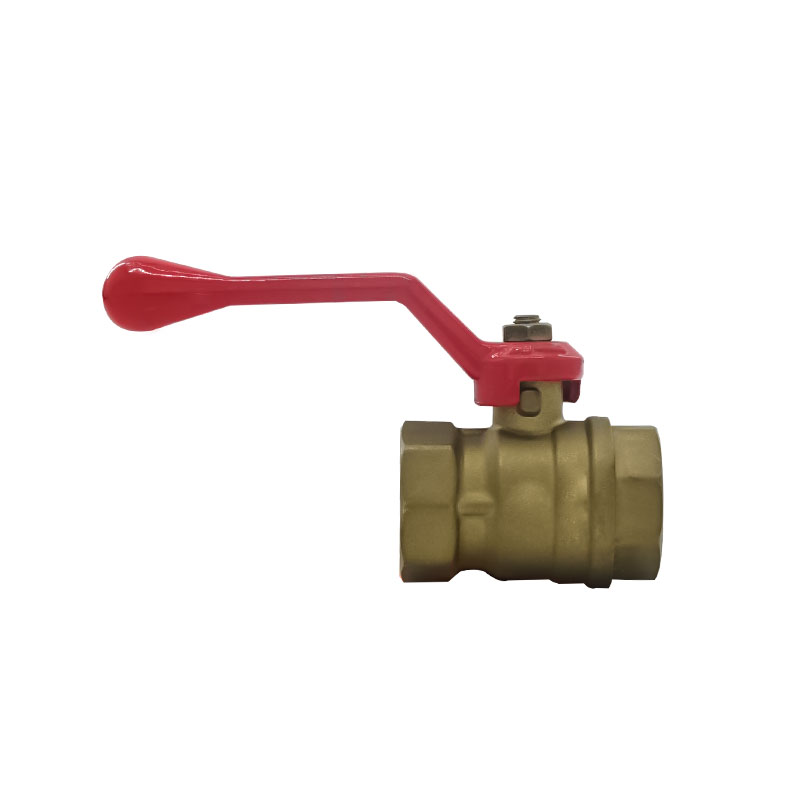In scenarios where valves are required to have excellent corrosion resistance and the working pressure and temperature are moderate, bronze ball valves are a valuable choice. They are mainly recommended for systems that are in long-term contact with seawater, salt water or other salt spray environments, such as ship ballast water, seawater cooling pipelines, offshore platform water supply and drainage, etc. The excellent corrosion resistance of bronze material to salt water ensures long-term reliable sealing and stable operation of the valve in harsh marine environments, avoiding the rapid rust problem of ordinary carbon steel valves.

Secondly, bronze ball valves are very suitable for oil media (such as lubricating oil, fuel oil) or non-strong oxidizing acids (such as a certain concentration of dilute sulfuric acid, phosphoric acid), weak alkaline solutions and saturated steam pipeline systems under low temperature conditions. In these environments, bronze materials show good chemical stability and can effectively resist the erosion of the medium. At the same time, its precise ball matching and low operating torque characteristics enable bronze ball valves to provide good cut-off function and convenient operation experience.
In addition, it is also a common field for the control of common industrial fluids such as cold water, low-pressure air, and inert gas at low or medium pressure (usually below PN16 or Class 150), where its economy and reliability are balanced. The performance of bronze ball valves in low-temperature applications such as refrigeration systems is also trustworthy, and its material can still maintain good toughness and sealing performance at low temperatures.
When faced with salt water corrosion, specific chemical media, and conventional low-pressure and low-temperature fluids, and when pursuing both reliability and economy, the choice of bronze ball valves is a wise decision that can withstand the test of practice, especially in offshore engineering, general chemical industry, and basic industrial fluid control.
 English
English  Español
Español  Português
Português  русский
русский  Français
Français  日本語
日本語  Deutsch
Deutsch  tiếng Việt
tiếng Việt  Italiano
Italiano  Nederlands
Nederlands  ภาษาไทย
ภาษาไทย  Polski
Polski  한국어
한국어  Svenska
Svenska  magyar
magyar  Malay
Malay  বাংলা ভাষার
বাংলা ভাষার  Dansk
Dansk  Suomi
Suomi  हिन्दी
हिन्दी  Pilipino
Pilipino  Türkçe
Türkçe  Gaeilge
Gaeilge  العربية
العربية  Indonesia
Indonesia  Norsk
Norsk  تمل
تمل  český
český  ελληνικά
ελληνικά  український
український  Javanese
Javanese  فارسی
فارسی  தமிழ்
தமிழ்  తెలుగు
తెలుగు  नेपाली
नेपाली  Burmese
Burmese  български
български  ລາວ
ລາວ  Latine
Latine  Қазақша
Қазақша  Euskal
Euskal  Azərbaycan
Azərbaycan  Slovenský jazyk
Slovenský jazyk  Македонски
Македонски  Lietuvos
Lietuvos  Eesti Keel
Eesti Keel  Română
Română  Slovenski
Slovenski  मराठी
मराठी  Srpski језик
Srpski језик 





